"I was sitting, waiting, wishing" -Jack Johnson
It was dark, cold, and my mind was filled with awe and wonder as I watched waves of yellowish green dance across the night sky. Sometimes the light was so bright it filled the sky with a glow like a giant lightning bug was hiding in the hillsides filling the whole sky with it's glowing light. Other times, giant waves of green with an occasional tint of purple arced across the sky like a glowing bioluminescent sea of magical energy.
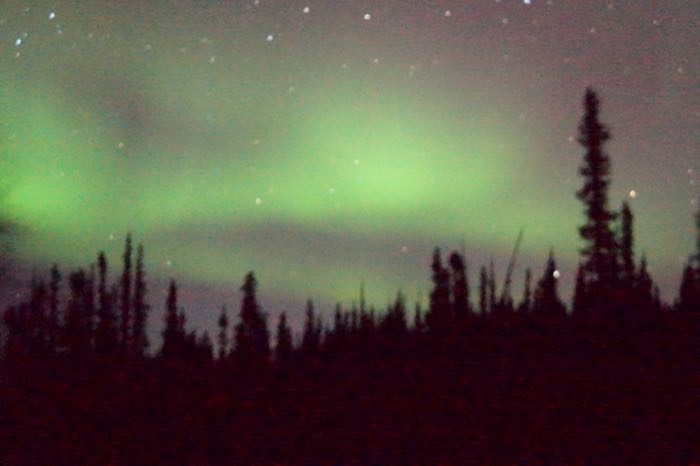
April 3rd was my final night in Alaska as part of orientation for the 2019 PolarTREC program and my hands were stinging with cold as I fumbled with the camera. Bridget, Dave, Ale, Denise and I, the sleep deprived few educators who decided to stay out until 2am to see this marvelous sight, tried to get photos of ourselves in front of the colorful arcs of the Aurora Borealis. As someone who loves to take photos in beautiful places I was stuck with a dilemma that I frequently encounter. Do I spend my time behind the lens of a camera or do I just stare up at the stunning nature, in this case millions of stars and the colorful night sky, and soak it all in? I did a bit of both.
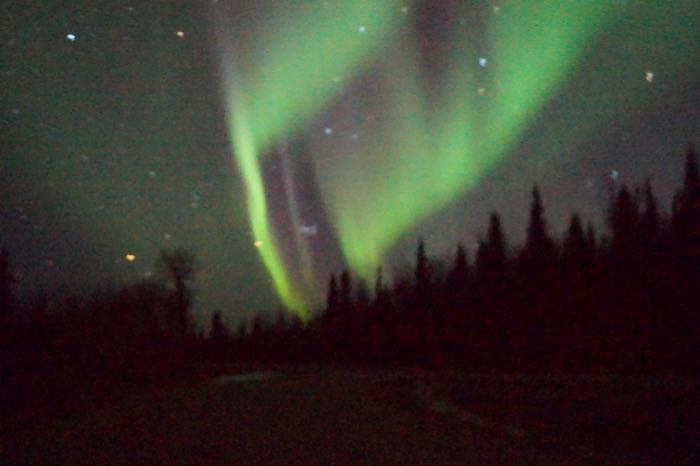
A trip to see giants from long ago
The next morning, on April 4th, I arrived in the hotel lobby in Fairbanks a bit groggy after my late night entranced by the magical night sky. At the same time, I was VERY excited to go on our final field trip, the PermafrostPermanently frozen ground. Tunnel!!! The PermafrostPermanently frozen ground. Tunnel Research Facility is part of the Cold Regions Research & Engineering Laboratory or CERRL. (If you aren't sure what permafrost is just check out my journal from April 2nd, check out the vocabulary list in this journal entry, or, for a deeper dive, read David Walker's April 19th journal entry) This facility gives scientists, engineers, researchers, and students an opportunity to study permafrost by being surrounded by permafrost!!
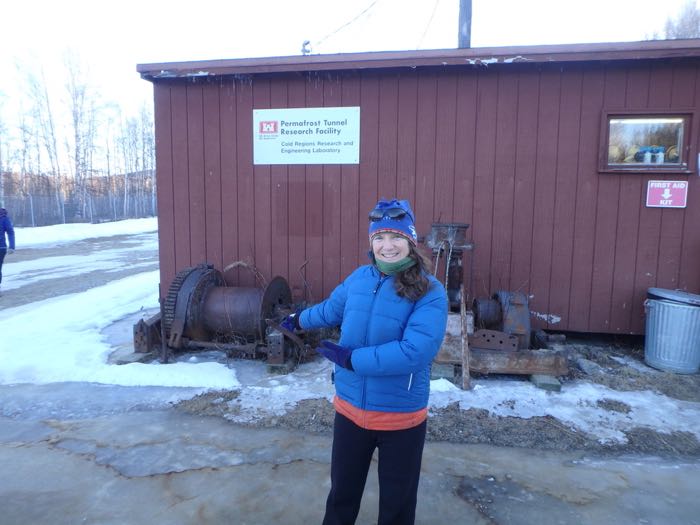
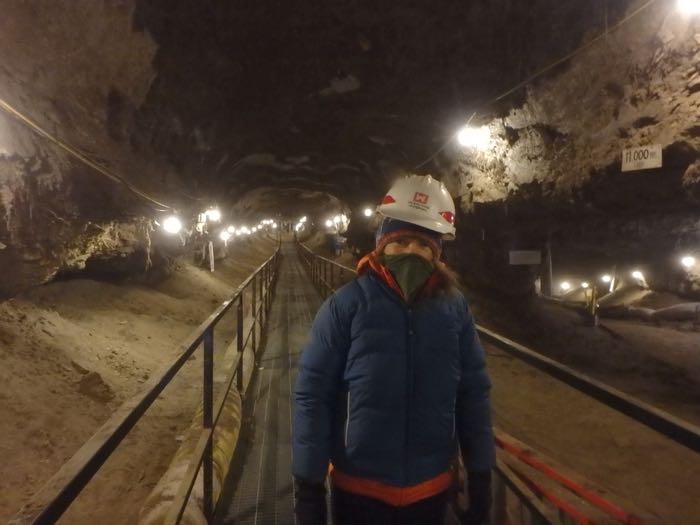
Do you like bison, or horses, or how about mammoths? Then you would love this tunnel! It is filled with bones from these creatures who lived during the pleistocene epoch The pleistocene epoch is between 2.6 million and 11,700 years ago! We saw bones of animals that lived at that time sticking out of the walls! Learn more about the PermafrostPermanently frozen ground. Tunnel at the PermafrostPermanently frozen ground. Tunnel Research Facility website
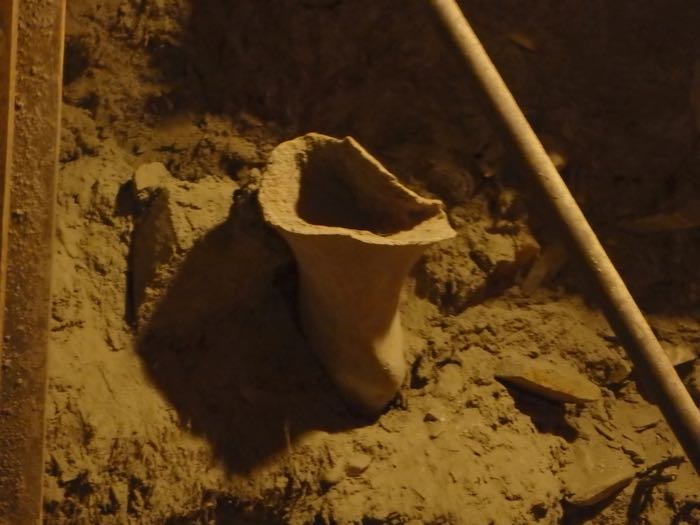
After our journey through the old giants we saw something newer and also giant...the Trans-Alaska pipeline. Completed in 1977, the pipeline runs 800 miles from the Alaskan North Slope's Prudhoe Bay to the port of Valdez. You can learn more about the pipeline, including the devastating oil spill into Prince William Sound from the Alaska Public Lands Information Centers
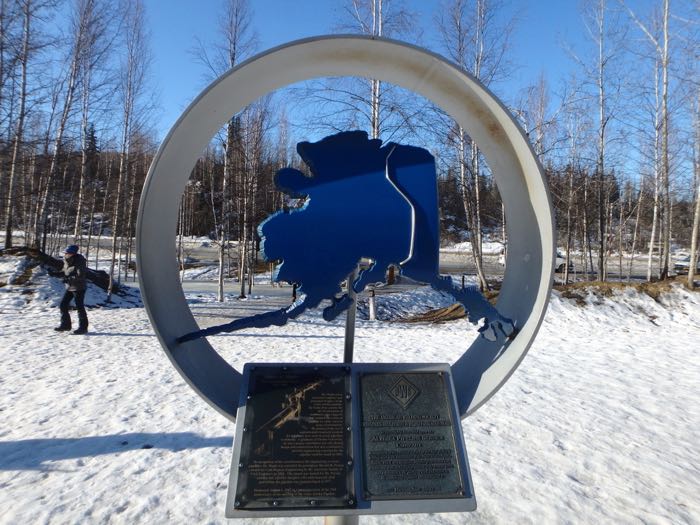
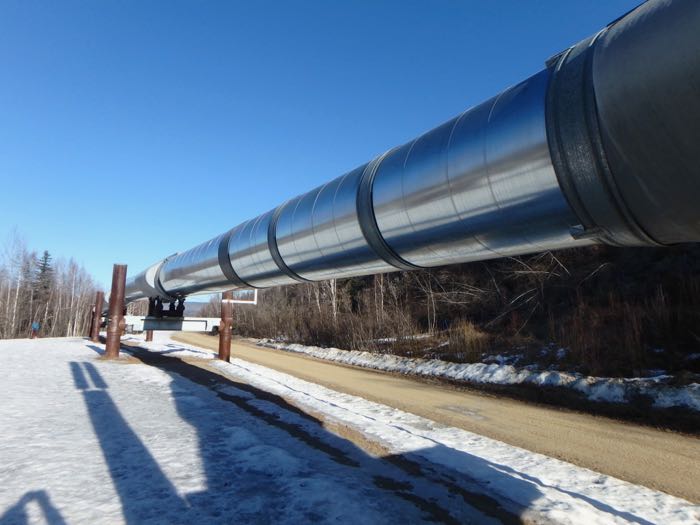
After exploring the giants of Alaska, I hopped on a plane and flew over some amazing mountains before finding myself home in the San Francisco Bay Area.
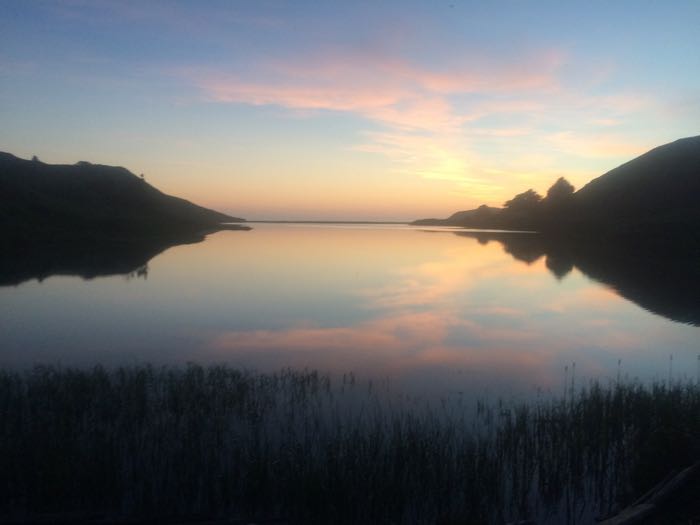
Leaving the snowy cold of Alaska behind, I headed to my dreaming rock in California. Surrounded by so much green, the sweet smell and bright colors of flowers, and beautiful sunsets, I began to plan and wait for the next part of my PolarTREC adventure...Antarctica!!!
What's next?-A Giant Expedition
My journey has only just begun. This orientation in Alaska was the beginning of a bigger expedition which will lead me to do some research on and under the giant icy continent of Antarctica-the coldest, windiest, and driest continent on earth!
In October of 2019, I will arrive at McMurdo Station in Antarctica where I will meet up with Dr. Amy Moran to participate with her research team studying the embryos and larvae of marine ectotherms! If you want to know more about our research check out the expedition page attached to this journal. Also, check out this photo of a sea spider, one type of marine ectotherm. It was taken by Timothy Dwyer , the last PolarTREC educator to venture under the ice in Antarctica with Dr. Amy Moran.
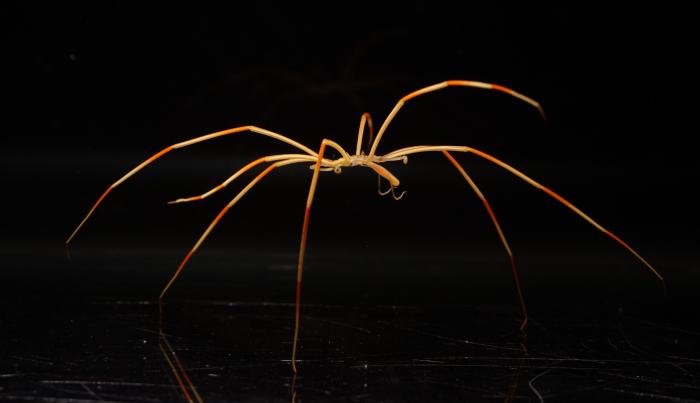
One of the goals of the PolarTREC program is to educate others about the research and what we are finding. I'll do this through journal entries, like this one, an event called Polar Connect, in which you all can participate and ask questions of me and researchers while we are live at McMurdo Station, and by sharing out both via journals and in person once I return from my trip. If you want me to visit you in person and share my adventures and the research with you, your organization, or your classroom please reach out!! I am happy and excited to do this before and after my expedition.
In the meantime, here are the things I have to look forward to in preparation for my trip:
- Medical Exam
- Packing up my gear
- Packing up my house-yep, I'm moving out of my housing as I prepare to leave my full-time role at NatureBridge and become a part-time educator instead
- Meeting with Dr. Amy Moran to discuss our project and figure out my role on her team. I might even get to visit her and her research team in Hawaii!!
- Reaching out to teachers, schools, organizations and anyone who would like to hear about my trip ahead of time and follow me on my expedition
- Trying to learn as much as I can about marine ectotherms and Antarctica!
I'll continue to journal at least once a month until I leave for Antarctica in October. You can be alerted to my new journal entries by subscribing to my expedition on my EXPEDITION PAGE Once in Antarctica my journals will be shared daily. Feel free to comment and ask questions in the comments section of my journal! Oh and check out my first attempt at an iMovie in Journal #3! I hope you'll continue to follow me on my adventures and encourage others to do the same!!!
FUN FACT
Although there are several explorers who claimed to be the first to see Antarctica, all in the year 1820, Maori oral tradition tells of a journey by Polynesian navigator Ui-te-Rangiora, who traveled from Rarotonga far enough south to find ice floes, icebergs, and the frozen ocean in the year 650! To find out more about the voyages of the Maori including the earliest Antarctic voyages, check out The Polynesians as Navigators For more about exploring Antarctica check out Antarctica:History by the Encylopedia Britannica
Question of the Day
I shared some interesting spots that I explored around Fairbanks, Alaska...Where is a good place to explore close to where you live?
Thanks to Kim and Dan who answered the Day 3 Journal's Question of the Day! I'll send you a postcard from Antarctica with the animals I find down there. Penguins and whales I'm pretty sure live there. I'm hoping we find some sea spiders and nudibranchs! I guess we'll have to wait until October to find out first hand who and what really lives in Antarctica!


Comments